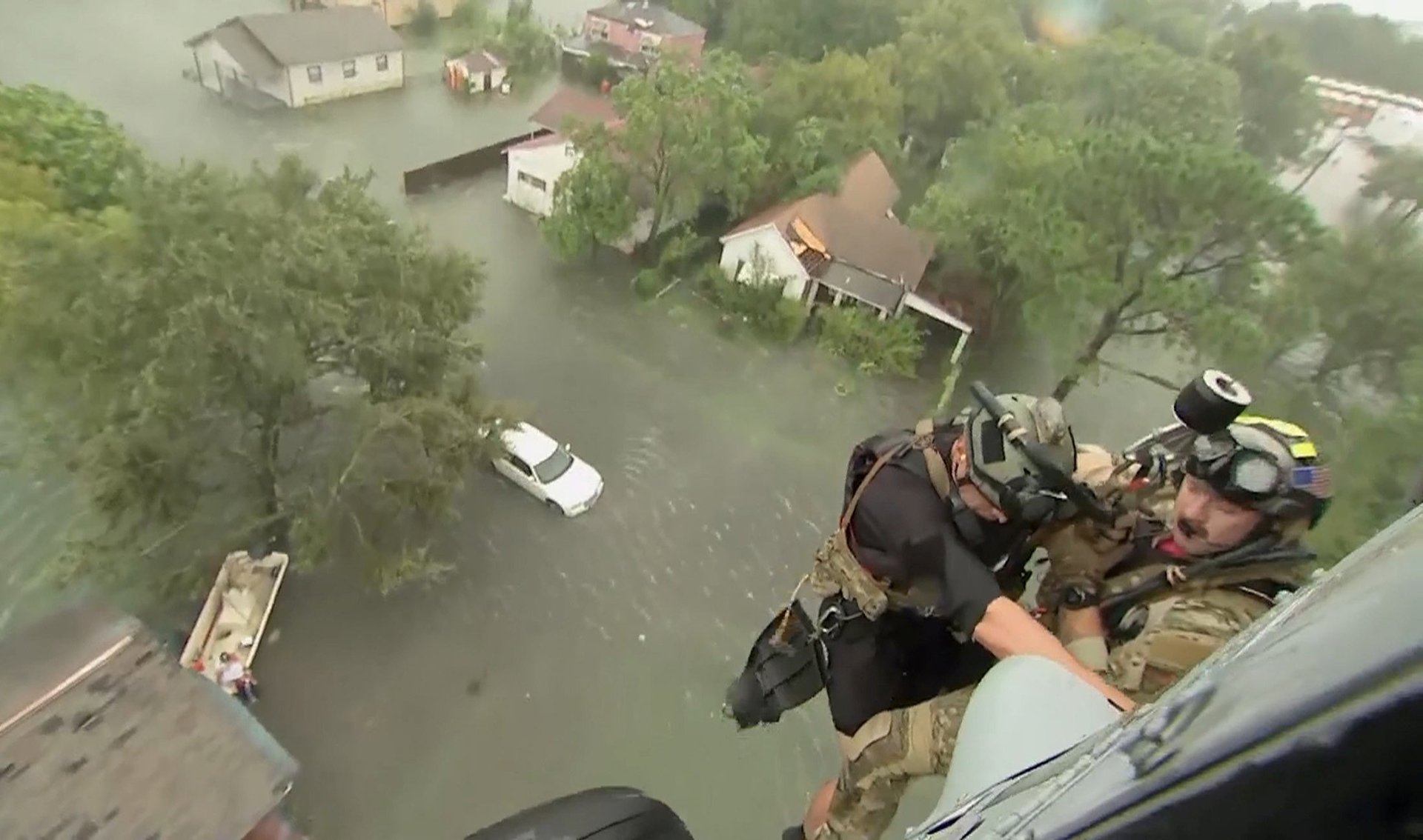A flight to Cape Verde could help US scientists better forecast hurricanes
The west African archipelago is central to the hurricane season.

Last month, in a bid to better understand how storms form, scientists at the US National Oceanic and Atmospheric Administration (NOAA) flew their hurricane hunting aircraft to Cape Verde for the first time ever.
The island country off the west African coast is the source of a vast majority of powerful storms that hit US cities during Atlantic hurricane seasons. But ‘hurricane hunters’ who chase storms before they fizzle or fully form and make landfall had never been there to collect data, until now.
And so for four days until Aug. 12, NOAA scientists flew their Gulfstream-IV aircraft over 3,000 miles eastwards, taking pressure and wind measurements. “We’ve kind of opened the door to trying and doing more science out there,” said Jason Dunion, lead scientist on the mission, to CNN.
A first taste of Saharan dust events
At least two of the five costliest hurricanes in US history—Harvey (which took forecasters by surprise), and Maria, both in 2017—first formed as tropical waves off the coast of west Africa. Hot dry air from the Sahara Desert clashes with cooler moist air from around the Gulf of Guinea to form the initial energy for the storm.
On their trip to Cape Verde, Dunion’s nine-member team got “breathtaking” views of dust waves forming from the ground up in the Sahara. The experience, which the crew hope to have another taste of before this year’s hurricane season ends in November, could be invaluable for future hurricane research.
This year’s hurricane season has started off slowly, partly because the Sahara Desert’s dry air hang over the ocean for an unusually long time. In Cape Verde, NOAA’s hurricane hunters only flew into a potential storm that did not become a tropical storm. To truly understand storms from the region, scientists will need to figure out ways to get real-time data for longer periods to guide risk evaluations.
Still, a first foray through the Portuguese-speaking archipelago feels like a first big step for science towards preventing the devastation of annual hurricanes.
A previous version of this article said the NOAA flew a US air force aircraft for the mission.
